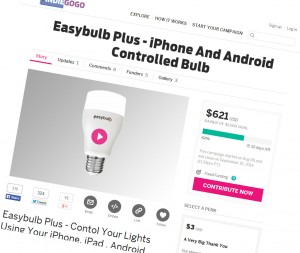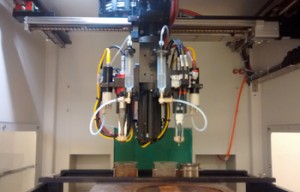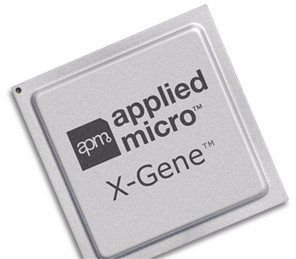Gigateq of Manchester, the smart LED specialist, seeks to raise $1000 on crowd-funding site Indiegogo by September 10 to begin production of its EasyBulb Plus which can be controlled from a smartphone or tablet app.
EasyBulb Plus can be changed to any colours, brightened or dimmed.
“The colour wheel on the app lets you easily match your lighting to your mood,” said Gigateq’s Henry Ofodieze. “Or, instead of using the color wheel, you can simply speak to your device to tell the app what color you want.”
EasyBulb Plus has proximity setting, signalling for lights to turn on upon arrival at home and turn off upon departure and can be synced with any music source, including iTunes, to integrate music and lights together and can give phone call and message alerts with a blinking green and white light.
EasyBulb Plus Has a 9 watt LED bulb and a lifespan of 50,000 hours (approximately 25 years of average use), the EasyBulb Plus is also compatible in every country. It is installed by replacing an existing bulb, downloading the app on any smart device, and connecting the EasyBulb Plus Wi-Fi box.
Low heat technology ensures EasyBulb will not burn skin, and lights can still be operated by a physical light switch as well.
There are two types of EasyBulb Plus. The first is the RGBW, which has the option of the full spectrum of color, including pure white. The second is the EasyBulb Plus White Light Only, which produces only white light but can be altered from warm to cool white according to preference. Access to lighting – either one bulb at a time or groups of lights – is completely secure with EasyBulb Plus’ built-in WPA2 encryption, so no unauthorized users can control the lights.
Those contributing to the crowdfunding campaign will receive special discounts on their EasyBulb Plus, which should be ready for shipment in November 2014. Those contributing $62 will receive one EasyBulb Plus with white or grey base with their choice of either RGBW or White Light Only.
A contribution of $99 will get a choice of two, $150 for a choice of three, $180 for a choice of four, and $240 for a choice of six. For contributors that want different color bases, they can get four EasyBulb Plus lights in either RGBW or White Light Only in the base color of their choosing for $220 or six in the base color of their choosing for $270.







